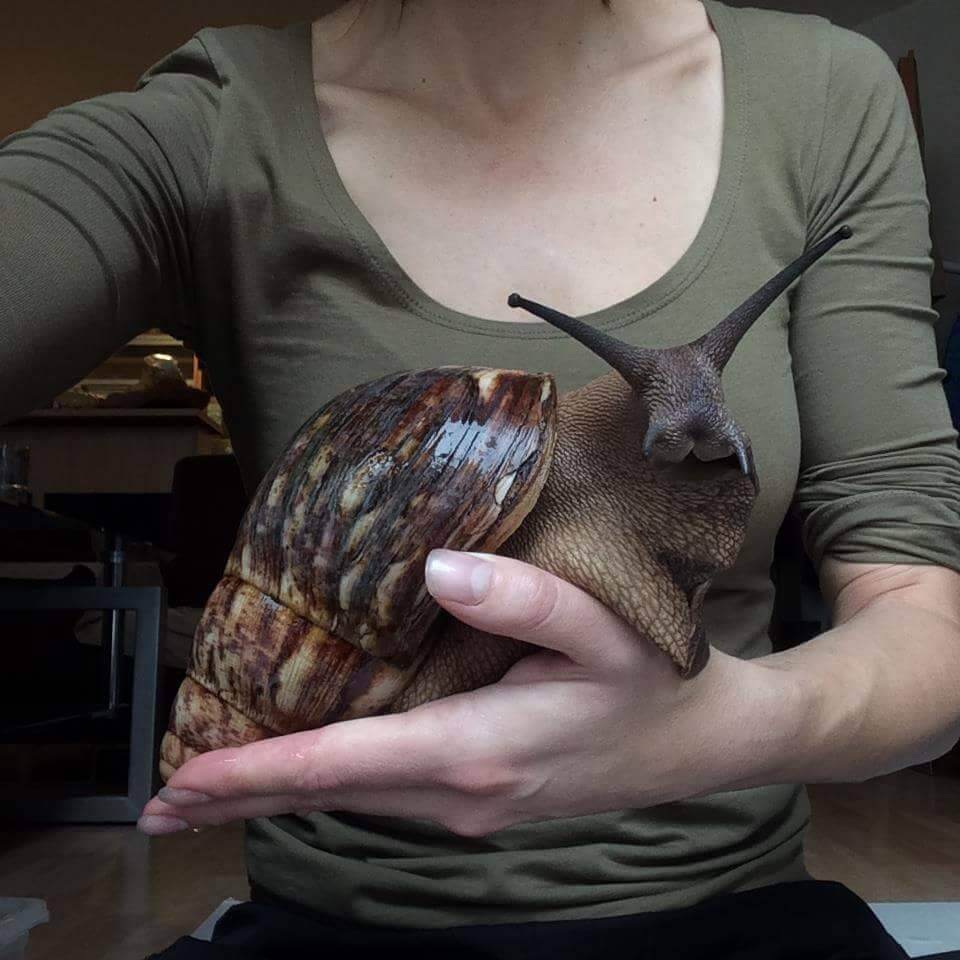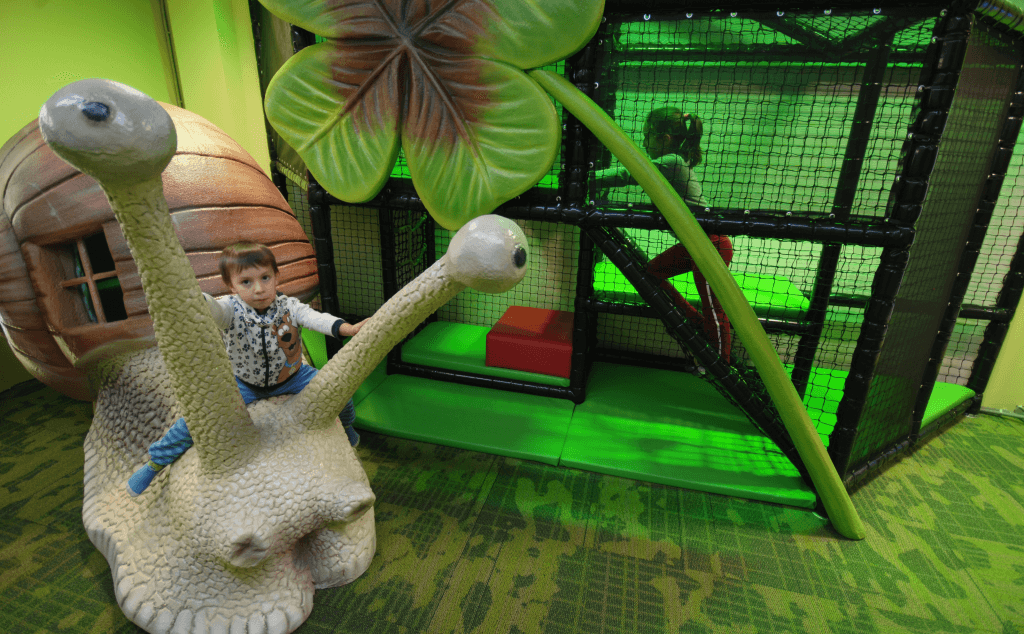Achatina achatina
also known as the giant African snail, is a species of large terrestrial snail breathing air. The shells of these snails often grow to a length of 18 centimeters with a diameter of 9 centimeters. Some individuals found in the wild were 30 × 15 cm in size, making them the largest known species of land snails.

if they have access to calcium, they can rebuild a piece of the broken shell. They feed mainly on the plant component, e.g.salad, cucumber, potatoes, mushrooms, dandelion, cinnamon and melons and other vegetables and fruits, but it is not good to give citrus fruits – they decalcify the shell.

In Slovakia, snails live almost everywhere,
however, they avoid coniferous forests because the needles are unsuitable for them as a base and food, as are the leathery leaves of oaks or beeches. Terrestrial snails generally feel best where there is moisture and enough calcium. In our conditions, a paradise for snails is any deciduous deciduous forest on a limestone base. There is also an exception among snails, it is a small acid-loving blueberry columella snail. It was named after the most common place of occurrence, which is in blueberry stands. As we know, they grow on non-calcareous, ie acidic soils
Our smallest snail is an unseen spot (lat. Punctum pygmaeum), which grows to a maximum size of one and a half millimeters, the wetland snail measures a maximum height of 2.2 millimeters. Dutch zoologists recently discovered in Borneo a small snail, Acmella nana, whose house grows to a maximum of 0.7 millimeters. Our largest land snail is the garden snail, but African achatines, which are often bred in terrariums in our country as well, are world champions.

The shellfish house is generally called a box.
This is because the house can be either a mostly twisted shell, which the shells have, or the house is two shells, which have, for example, troughs or clams. The shell consists of calcium carbonate. Because this calcium compound is very susceptible to mechanical or chemical damage, for example by acid rain, it is covered on the surface with a protective layer, which is professionally called a periostracum. It consists of conchine, which is chemically related to chitin, and protects the body of insects. This layer can form various structures, such as hairs.
We also have several “hairy” snails in Slovakia, the hairiest species is definitely the hairy snail (Latin Trochulus villosulus). The shell can also form tooth-like formations around the hole from which the snail climbs. These serve as a kind of barrier that prevents or complicates predators from entering the shell and devouring its owner. The most toothed shell is characterized by a small, two-millimeter shell with the comic name Vertigo antivertigo. It has such an entrance to the shell that it certainly feels very safe in it.
The speed at which the snails move depends on the substrate and other ambient conditions, such as humidity. The garden snail moves at an average speed of 7 centimeters per minute, water snails are faster, for example, the water snail can develop a speed of up to 12 centimeters per minute and the physis can even clean up to 20 centimeters per minute.

